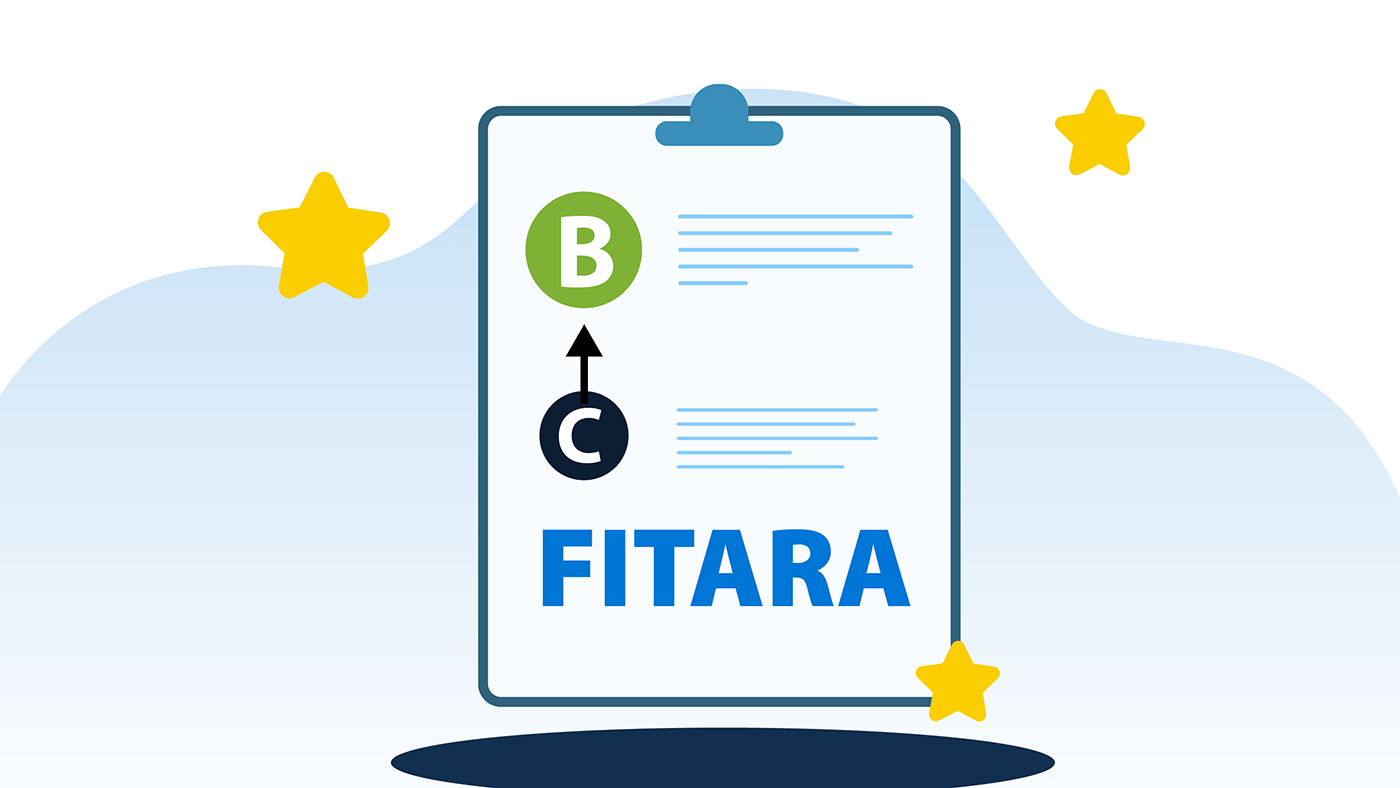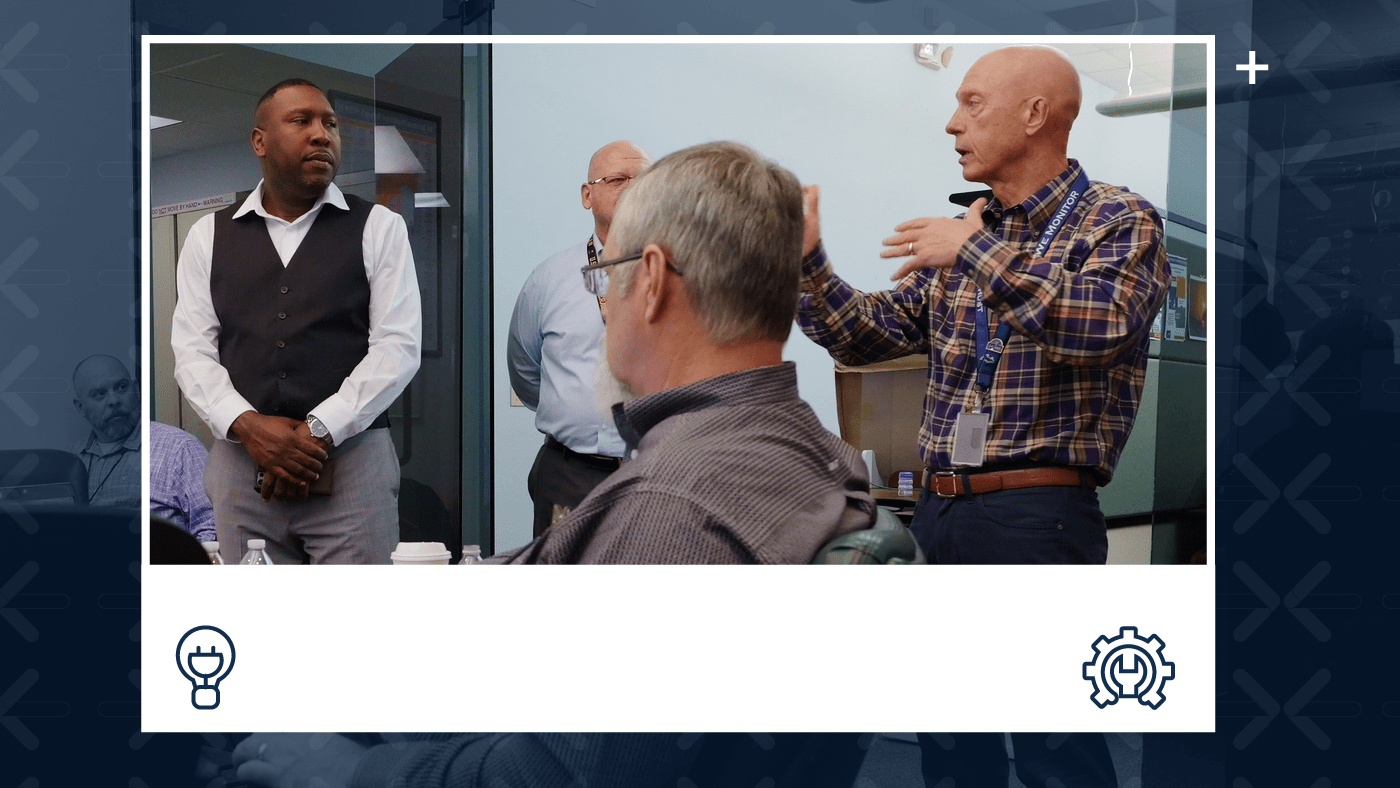Appears In
The Department of Veteran Affairs (VA) is the second-largest U.S. Federal agency and the largest healthcare organization in the U.S., supporting over 19.2 million Veterans. VA’s Office of Information and Technology (OIT) is leveraging cloud-based technology to support the federal Cloud Smart strategy to provide new services faster and increase IT systems’ agility for our Veterans.
Establishing Cloud-Based Infrastructure
By 2017, VA had begun developing its cloud policy consistent with federal guidance, following the Cloud First and the more recent Cloud Smart policies issued by the Office of Management and Budget. In 2018, OIT created the Enterprise Cloud Solutions Office (ECSO) to lead and execute VA cloud strategy. That same year, OIT launched the VA Enterprise Cloud (VAEC), a multi-vendor, FedRAMP High environment for hosting VA applications in the cloud.
At that time, VA had around 10 IT capabilities in the cloud. Just five years later, VA has over 410 systems in various stages of migration, including 320 production systems. VA is also trying to utilize cloud-based software-as-a-service (SaaS) as much as possible to provide easy scalability and improved service delivery, with 69 approved SaaS and four platform-as-a-service (PaaS) applications.
OIT’s Infrastructure Operations pillar has also stood up VA Platform One (VAPO), which runs in the cloud and is VA’s recommended containerization solution. With containerization, the code for an application, along with its files and libraries, are bundled together in a single software package that allows it to run on any device or operating system (OS). The containers share a common operating system, making them more efficient than the traditional solution, i.e., running applications in virtual machines, each with its own instance of an OS. Currently, VAPO has eight applications in production, along with others on specialized platforms.
Cloud Migration Case Studies
The first cloud migration occurred in 2017-2018 when VA moved about 400,000 users to Office 365, the largest migration to cloud-based email in the federal government. This unprecedented success gave the Enterprise Cloud Solutions Office (ECSO) confidence to continue migrating services.
VA targeted a commercially hosted data center as its next major migration effort. This location hosted several mission-critical systems. For example, one of the first migrations from this data center was that of the Veterans Benefits Management System (VBMS), VA’s paperless claims processing system, whose move to the cloud directly improved benefits processing for Veterans. VBMS hosts up to 4000 simultaneous users, manages over 800 million documents (the number is now in the billions), and provides 24/7 global access to users.
Cloud migration improved performance for a better user experience while cutting costs. Similarly, when ECSO moved the Identity and Access Management (IAM) system, which was hosted at the same data center, to the cloud, the cost avoidance allowed VA to refocus more than $11 million per year on other priorities, with the return on investment achieved in just 18 months.
COVID-19 Response
The cloud is inherently agile and enables VA to solve technology-related problems more quickly than ever was possible in the past. Since cloud-based technology was already in place, ECSO was able to leverage this infrastructure to scale services rapidly in response to the COVID-19 virus. OIT launched a cross-functional team to meet the critical need for telehealth and telework services.
This included quintupling visit capacity for secure medical appointments via VA Video Connect, hosted by Amazon Web Services, in just under a month by expanding to the cloud. ECSO supported VA’s response, enabling a 2000 percent increase in Veteran telehealth sessions. As of June 2021, expanding service to the cloud supported over 10.5 million telehealth visits during the pandemic. The use of VA Video Connect was so successful that eventually, VA moved all its video capacity to the cloud.
Implementing two cloud-based applications was critical to the pandemic response: Care2 Cloud and Citrix Access Gateway (CAG). Before the pandemic, VA had limited video call capabilities for medical care, supported by on-site data centers. When demand for telehealth services skyrocketed, OIT launched Care2 Cloud for telehealth services within a month. The cloud-based environment allowed services to scale up as need increased, then scale down as demand decreased.
In March 2020, many VA employees and contractors began working remotely via telework capability. The number of possible remote connections surged from 120,000 to 500,000, while CAG capacity jumped from 16,000 to almost 180,000. OIT built five new Citrix farms nationwide to support the rapid shift to telework, enabling user access to the VA network, and implemented a telework infrastructure that could quickly meet shifting future demand.
The rapid deployment of telehealth and telework capabilities in a cloud-based environment alleviated the strain on VA staff at on-premises data centers, which were handling unprecedented demand for services. It also allowed VA to serve Veterans quickly by reducing the need to order, purchase, and install additional IT services.
The Future of the VA Enterprise Cloud
The shift to cloud-based computing allows VA to quickly adapt to changing network and service needs. The VA Enterprise Cloud enables OIT and its partners to innovate and deliver solutions to Veterans at a faster rate than ever before.
As OIT continues optimizing IT infrastructure to meet the needs of VA and the Veterans we serve, including implementing cloud initiatives for storage, computing, automation, and tiered storage, our continued cloud migration of key VA services will increase user access and product agility, from disaster recovery initiatives to improved telehealth capabilities.
Topics in this story
In this article
More stories
Statement of Endorsement
Reference herein to any specific commercial products, process, or service by trade name, trademark, manufacturer, or otherwise, does not necessarily constitute or imply its endorsement, recommendation, or favoring by the United States Government, and shall not be used for advertising or product endorsement purposes.






